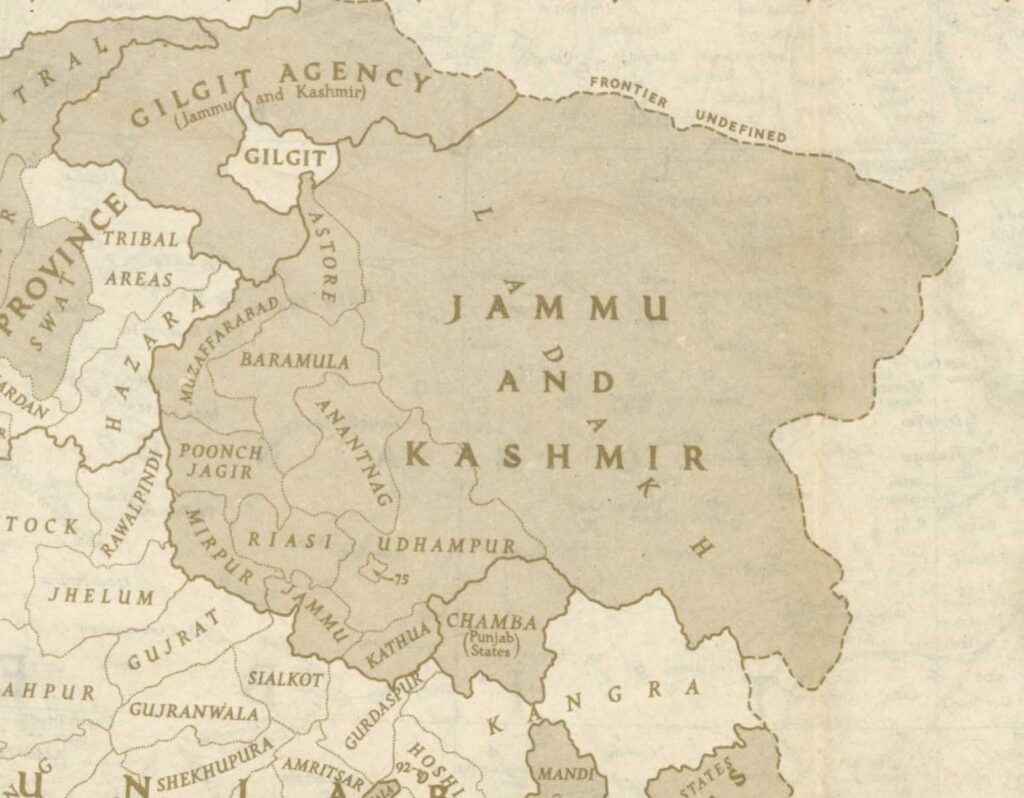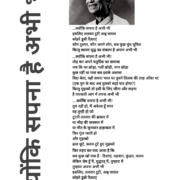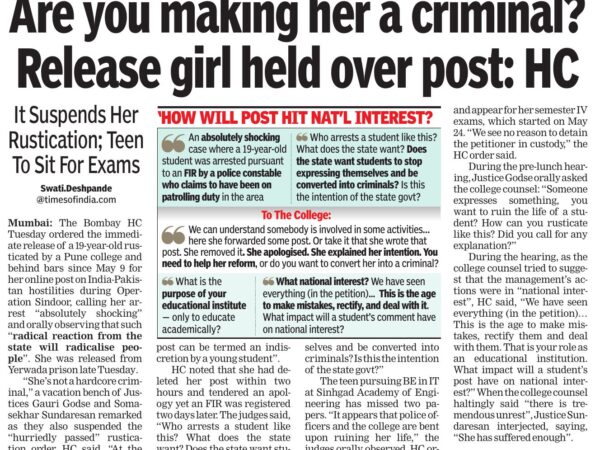
Source: Wikipedia
Independent India’s first massacres (or, if today’s standards were applied, genocide) and exodus that ethnically cleaned out an entire community from a part of Jammu & Kashmir almost overnight happened in October-November 1947, a good 52 years before the next one. The toll? Anywhere between 20,000 to 100,000 Muslims killed. Why do we not know exact numbers? Because after assuring the victims of a safe passage from Jammu, they were disarmed and loaded into trucks to transport them to camps; which they never reached. Guess who played a rather large role from the perpetrators’ side? The RSS. Did you know who else? The Akalis, Maharaja Hari Singh’s forces, and former members of the Azad Hind Fauj. Yep. You read that last one right.
How did the Pakistani forces under their Prime Minister (and Defence Minister) Liaqat Ali Khan respond to this violation? By killing almost 20,000 Hindus and Sikhs in Rajouri and Mirpur and finishing them completely.
How did the Indian forces reporting to Jawaharlal Nehru respond? By protecting every citizen of its new state of Jammu & Kashmir.
How did the valley react to this provocation? By total calm and peace, with not one single incident of any Hindu being hurt reported.
So, as we speak of the KPs and their painful experience in 1989, let us spare a thought for the terrible round of bloodletting that left hundreds of thousands of people (both Muslims and non-Muslims) dead or robbed, molested, and homeless over half a century before that.
An eye for an eye will make the whole world blind.
Interestingly, this is canon in Pakistan and nobody knows about it in India. On the other hand, the Kashmiri Pandit killings and exodus has become common knowledge in India and will probably now be a major part of school syllabi in the coming years. It is a shame that neither side will teach its children about the other.
Conclusion: History is often messy and complicated. It is also awkward and sometimes self-incriminating, indeed disturbing. It is full of complex, nuanced, interconnected, and oftentimes weird shit (the INA connection in this case), and any clean, linear narrative you hear is almost always guaranteed to be false. That is why the intent of the person recounting any history to you is important, for you to judge how close to the actual truth their story is and how much they are trying to sell you something you wouldn’t have bought if it weren’t packaged in this shiny wrapping paper. Beware, therefore, of snake oil salesmen, my friends. It isn’t the ‘oil’ part I am so worried about. It is the ‘snake’.



















Dear Mr Gadgil,
Can you please share some authentic source on the mass killings in Jammu in 1947?
I have seen very few people talk about it.
Thanks
The Wikipedia page (the link is in the article) has several (about 57) references and links at the end. Please do use that as a starting point and then read up more.